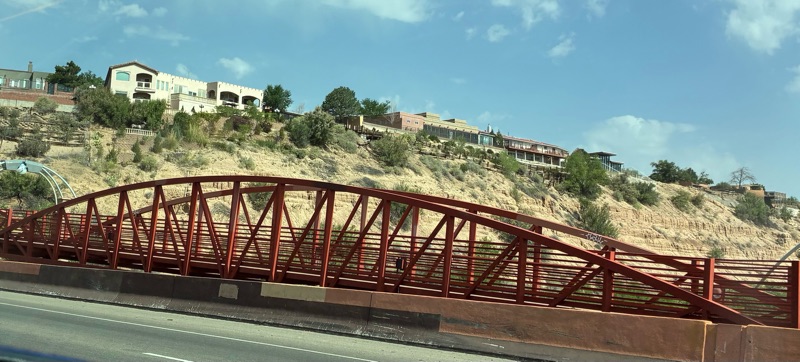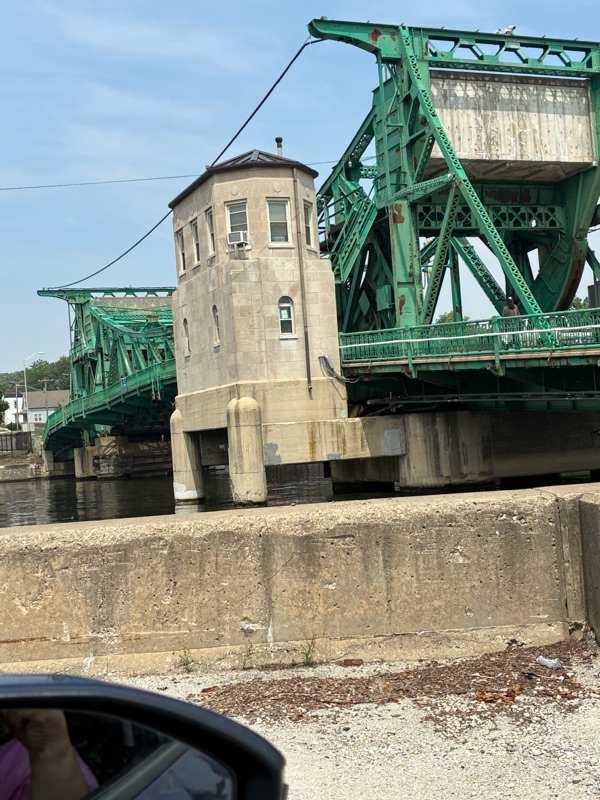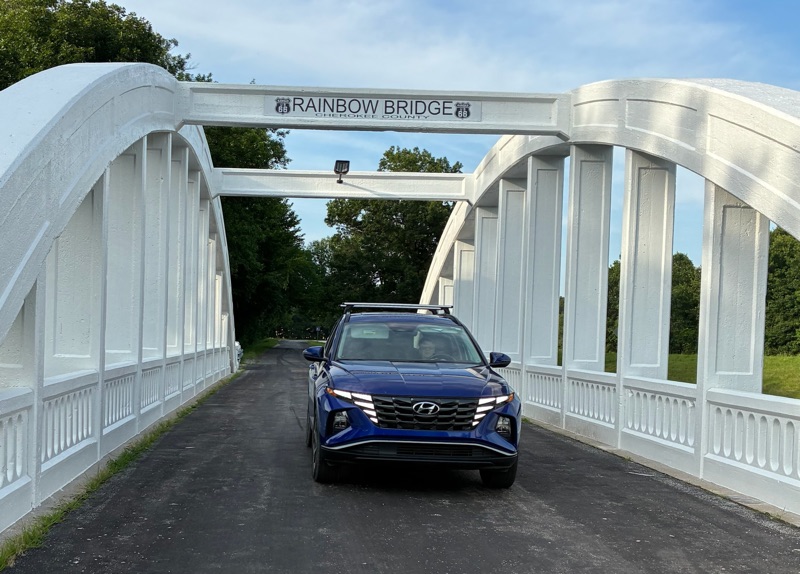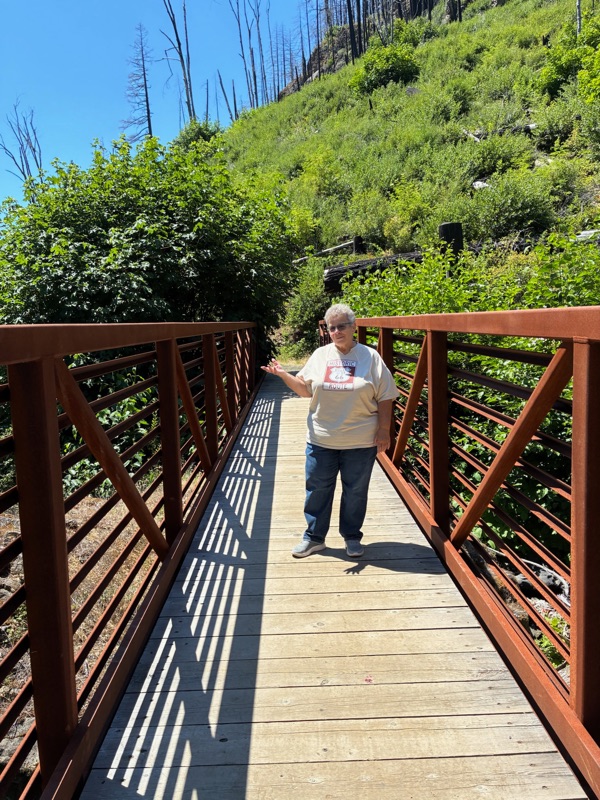Bridges on Route 66 and Beyond
Bridges on Route 66 and Beyond
One of the most unexpected highlights of our Route 66 adventure turned out to be the bridges. Not just the famous ones, but the old wooden spans, the rusting steel giants, the quiet little overpasses that time forgot. We started noticing just how many types of bridges we were crossing—and before long, we were pulling over to take photos, read plaques, and marvel at the incredible variety of engineering and design.
We saw wooden trestles creaking under their own weight, steel truss bridges with flaking paint and bolts as big as our fists, and sturdy cement bridges that looked like they'd been holding strong since the early 20th century. There were bridges that clearly hadn’t seen much traffic in years, covered in moss and mystery—and others still in active use, quietly doing their job as travelers pass by without a second thought.
One of the most memorable moments happened. We were lucky enough to witness a drawbridge in action. We pulled over, Frappe in hand, and watched as the bridge slowly lifted to let a barge pass beneath. This was a rare bridge that used weight in a form of concert blocks, like a pulley, to raise the bridge.There was something magical about seeing this huge bridge move silently as it rose into the sky. It felt like stepping back into a slower time.

That experience got us thinking—what are the differences between all these types of bridges? So, here’s a quick breakdown for the curious:
🏗️ Types of Bridges We Encountered:
- Drawbridge (or Bascule Bridge): A moveable bridge with a section that lifts up to allow boat traffic to pass beneath. We watched one of these rise early one morning for a barge—a true highlight!
- Suspension Bridge: Uses cables suspended from towers to hold the deck. These are dramatic and strong, often used for long spans. Think of the Golden Gate—but we spotted some smaller ones on the route too.
- Trestle Bridge: Usually made of wood or steel, these have a series of short spans supported by rigid frames. They’re often used in railroads and backroads—charming and rustic.

- Steel Truss Bridge: These are the classic "triangle" bridges with a metal framework. Strong and practical, they were staples of early American highway construction.
- Cement (Concrete) Bridge: Modern and durable, these are common in both cities and rural areas. Some we saw dated back to the 1930s and still looked rock solid.
 Final Thoughts
Final Thoughts
While Route 66 is best known for its diners, neon signs, and desert landscapes, the bridges tell another story—one of engineering innovation, local history, and slow, steady endurance. Whether they’re lifting up barges or quietly stretching across dry creek beds, these bridges connect more than just roads. They connect time, place, and memory.
So the next time you're driving the Mother Road (or any road, really), take a moment to appreciate the bridges. You never know what stories they’re holding up.
Comments
Post a Comment